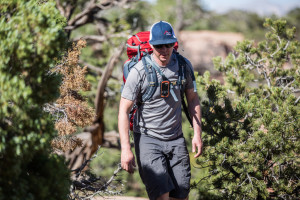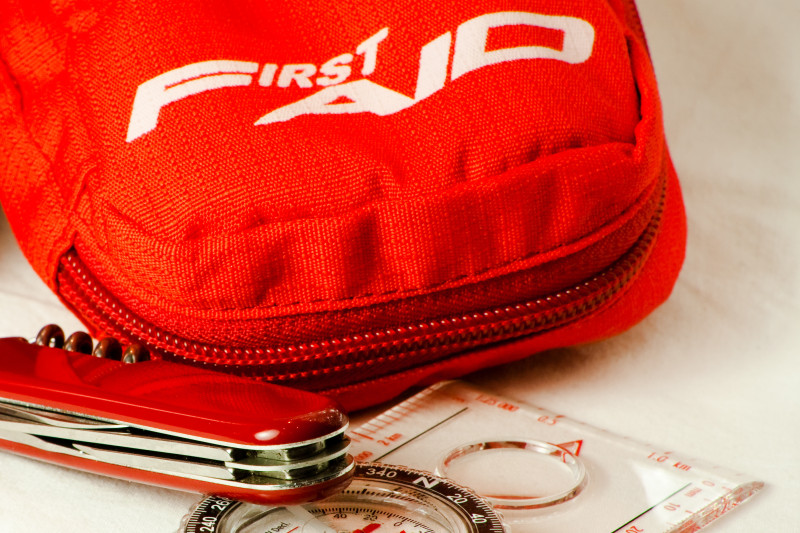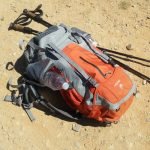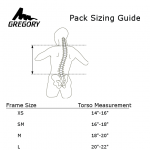The “Ten Essentials” are items recommended by many outdoor organizations as necessary for your outdoor survival. The “Ten Essentials” list was originally printed in 1947 in the Third Edition of “Mountaineering Freedom of the Hills Mountaineers”. The “Ten Essentials” list was created to help people prepare for emergency situations while outdoors. When you go outdoors whether for a day hike or week long camping trip you should always have these essentials with you.
The group updated the original “Ten Essentials” list in 2003 and now use a “systems” approach. Most of the items are the same but reflect today’s modern technology. The original list is now referred to as The “Classic Ten Essentials”. 
What Are The Classic “Ten Essentials”?
- Map
- Compass
- Sunglasses and sunscreen
- Extra clothing
- Headlamp/flashlight
- First-aid supplies
- Firestarter
- Matches
- Knife
- Extra food
What is the updated “systems” based “Ten Essentials” list?
- Navigation (map, topo map, GPS, and compass)
- Sun protection (hat, sunglasses, and sunscreen)
- Insulation (extra clothing)
- Illumination (such as headlamp/flashlight)
- First-aid supplies
- Fire (waterproof matches/lighter/candles/striker)
- Repair kit and tools
- Nutrition (extra food)
- Hydration (extra water)
- Emergency shelter
It is important that you always have these items with you when you go outdoors! These are for emergency situations only, which means you never plan on using them because most of us never expect to be in an emergency. The “Ten Essentials” should be in addition to your standard gear pack. It is best to pack these items in ways that can be kept on your body (and therefore always with you) at all times. The “Ten Essentials” won’t do you much good if they are left in your tent while you are hurt hiking. Keeping The “Ten Essentials” on your person is easier than it sounds. Most of the items can be stored in a pouch and worn around your waist.
No matter where you are going or how long you will be away, be sure to pack The “Ten Essentials”. Emergencies are always unexpected, but that doesn’t mean you have to be unprepared!








